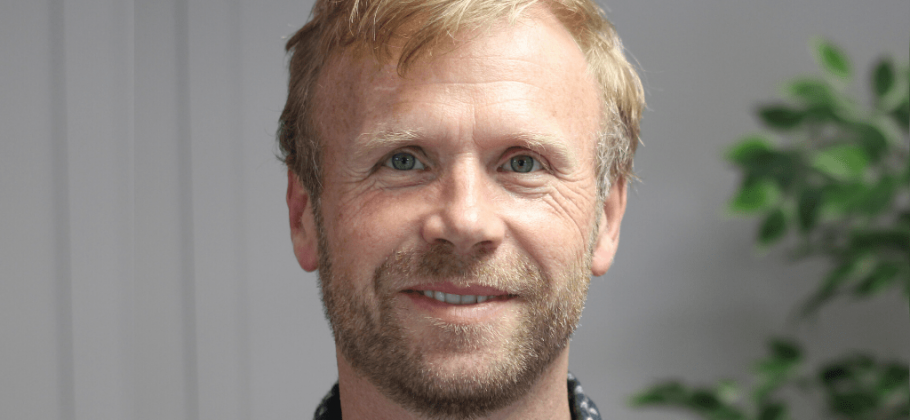By Dr Tim Ringrose, CEO of Cognitant Group
Poor communication is hindering medical care and wasting much needed NHS resources and money. In the UK alone, poor communication can result in over £1 billion wasted in a year. The issues that widen the healthcare communications gap are multifactorial. Miscommunication not only exists between a healthcare professional and a patient, but also comes from a failure of effective communication between systems and services between primary and secondary care clinicians.
The miscommunication between a doctor and a patient stems from several issues. NHS GPs often have very little time to meet patients, diagnose them correctly, and prescribe medication in a typical appointment. And with increased pressure on the NHS to meet wait-time targets and diagnose more health conditions, the gap in communications is expected to grow. Furthermore, advice and recommendations given in GP consultations are not always understood and can be misheard or forgotten—research shows that around 40% of information given in a GP visit is quickly forgotten. This lack of education and understanding can lead to patients not following their treatment properly, therefore prolonging their health condition.
At the moment, the NHS does not have the proper infrastructure to support streamlined communications between doctors and patients. Traditional paper-based systems for information, such as clinic letters, further compound the gap by causing a delay in communications. While IT systems and digitised health records have been introduced to reduce these delays, they present their own problems, like taking up time from clinicians being face-to-face with patients in order to properly update electronic records.
In private healthcare, the issue isn’t much better. As many private doctors work alone, they do not have the same multidisciplinary approach compared to the NHS. For example, under the NHS, a patient with breast cancer will have an oncologist, breast surgeon, nurse specialist, haematologist, radiologist, and a counsellor who all regularly meet to discuss the patient’s care. Under private healthcare, specialist care is fragmented, and the multiple healthcare professionals are not always in contact with each other which can lead to a lower quality of care for a patient.
Example of healthcare communications gap
A common example, seen often by Cognitant’s Clinical Director Dr Juhi Tandon, is a miscommunication between hospital consultants, patients, and GPs. A consultant will see a patient in a hospital and prescribe a treatment and the patient will be told to get the prescription from their GP, but there is unfortunately a delay in conveying the clinical information between the consultant and GP. A letter sent from the consultant for a patient seen in January may not arrive at the GP surgery until March. This massively affects the patient journey and the relationship between the GP and patient, as well as placing the burden on the primary care provider to explain medical protocol to patients that are not always understanding.
There are also several hoops to jump through when it comes to making an appointment with a GP, nurse, or health consultant. When a patient rings a GP surgery for an appointment, they are directed via automated messages and can wait in long queues before speaking to administrative staff. With a lack of reliable, available, and secure technology to book appointments, there are no measures in place to solve this problem.
Poor communication can cause very significant health problems. It can also cause confusion about a health condition, lead to incorrect use of a treatment, and induce substantial anxiety. Problems with communication are preventing medical care advancements as well as wasting NHS time and money. As pressure on the NHS increases and the communications gap widens further, the losses attributed to miscommunication can only grow without strategies to help bridge the gap.
The solution to the gap in healthcare communications
Building a better communications infrastructure within the NHS will help lessen communications issues between primary and secondary clinicians. When trying to bridge the gap between doctors and patients, it’s important to focus on educating patients after they leave the doctor’s office. Because people have different literacy levels and language barriers exist, the most powerful medium of education is visual.
Immersive content, like virtual reality (VR) or augmented reality (AR), has the ability to deliver power visual and interactive experiences for patients that are highly impactful and memorable. Technology has the unique ability to overcome all barriers and can implant information through experience, bypassing normal learning pathways.
VR can be helpful to give patients more information on their health conditions, show patients the proper way to take a medication or begin their treatment, and can reduce anxiety in patients who are unsure about their medical prognosis. Cognitant’s platform, healthinote, offers programmes for specific health conditions and uses VR to help patients get the most information as possible to stay healthy.
The gap in healthcare communications is a multifaceted issue, but by innovating the existing system and placing a focus on patient-centric care, the gap can close. Miscommunication in the NHS can waste time, money, and cause further health problems for patients. Using technology to change how healthcare professionals communicate can address these issues.













